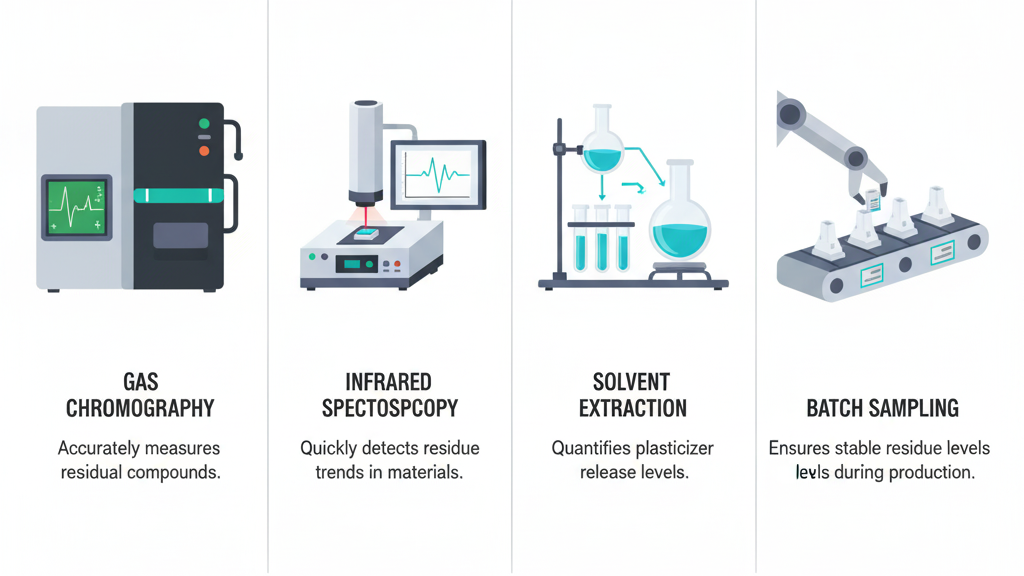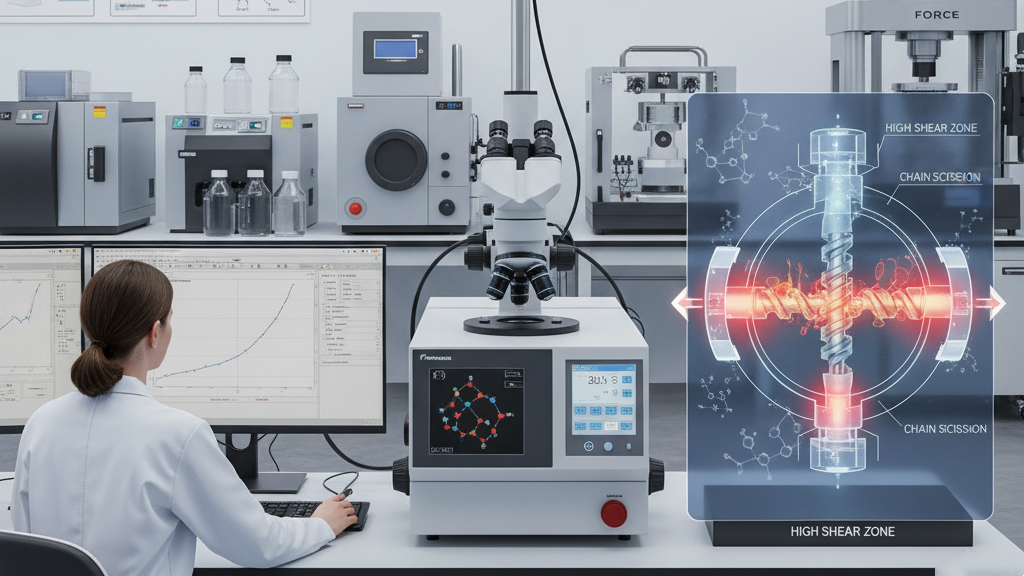
Brushed texture is a premium surface finish commonly used in consumer electronics, automotive interiors, and more. It significantly enhances both visual appeal and tactile quality, making it popular in high-end markets. Achieving a stable brushed finish depends not only on the raw materials but also on precise process control.
During injection molding, the texture can be disrupted by improper mold temperature, injection speed, or polishing quality. If not managed well, the pattern may appear blurry or inconsistent, compromising overall aesthetics. Controllability of process parameters is one of the core challenges in delivering a high-quality brushed finish.
What are the material selection limitations?

To achieve a brushed texture, the chosen material must offer excellent flowability and surface hardness. Reinforced compounds may interfere with texture formation, while high-gloss resins are typically better suited. Material selection also affects mold wear and demolding behavior.
- Material Matching: Choose materials compatible with surface textures.
- Additive Interference: Reinforcements can disrupt texture formation.
- Thermal Resistance: Stable high-temperature behavior aids consistent molding.
- Release Properties: Demolding agents affect texture retention.
What issues can temperature imbalance cause?

Poor temperature control can disrupt melt flow and cooling rates, leading to broken, blurred, or glossy patches in the texture. Uniform temperature distribution is essential for consistent texture depth.
- Mold Temperature Management: Imbalance leads to surface inconsistency.
- Hot/Cold Spots Control: Keep internal temperature variations within ±2℃.
- Cooling Front Regulation: Rapid cooling freezes texture prematurely.
- Thermal Color Shifts: Excess heat may cause discoloration.
How can parameter tuning enhance the texture?

Optimizing injection speed, holding pressure, and cooling time significantly improves the continuity and smoothness of the brushed surface. Parameter stability directly affects texture uniformity.
- Injection Speed Control: Too fast leads to turbulence and unclear textures.
- Holding Pressure Tuning: Maintains cavity pressure to avoid flow lines.
- Cooling Curve Setting: Gradual cooling is more favorable than rapid quenching.
- Balanced Filling: Symmetry reduces weld line interference.
Brushed Effect Material Performance
| Material | Texture Clarity | Temp Control | Demolding Ease | Cost | Surface Strength | Color Compatibility | Commercial Grade |
|---|---|---|---|---|---|---|---|
| ABS | High | Medium | High | Low | Medium | High | ★★★★☆ |
| PC | Medium-High | High | Medium | Mid | High | Medium | ★★★★★ |
| PMMA | High | Medium | High | High | Medium | High | ★★★☆☆ |
| PA6 | Low-Medium | High | Low | Mid | High | Low | ★★☆☆☆ |
Expansion
Brushed textures serve not only aesthetic purposes but also help define brand identity. From mold development to production control, building a standardized process is key for scaling. In commercial product design, brushed textures have become a core strategy for differentiation.
1.Enhanced Brand Identity: Brushed surfaces help create a unique product image.
2.Extended Mold Life: Controlled surface processing reduces wear.
3.High Customization Flexibility: Multi-section textures boost design options.
4.Mass Production Consistency: Standardized parameters support repeatability.
Conclusion
Brushed texture injection molding is both a technical challenge and a branding opportunity. The key lies in mastering temperature control, material selection, and parameter precision. Companies that establish a stable brushed texture molding system will stand out in the premium market.
For expert assistance in implementing for your production needs, visit our resource center or contact us. Let’s help you scale up your manufacturing with precision and efficiency!







